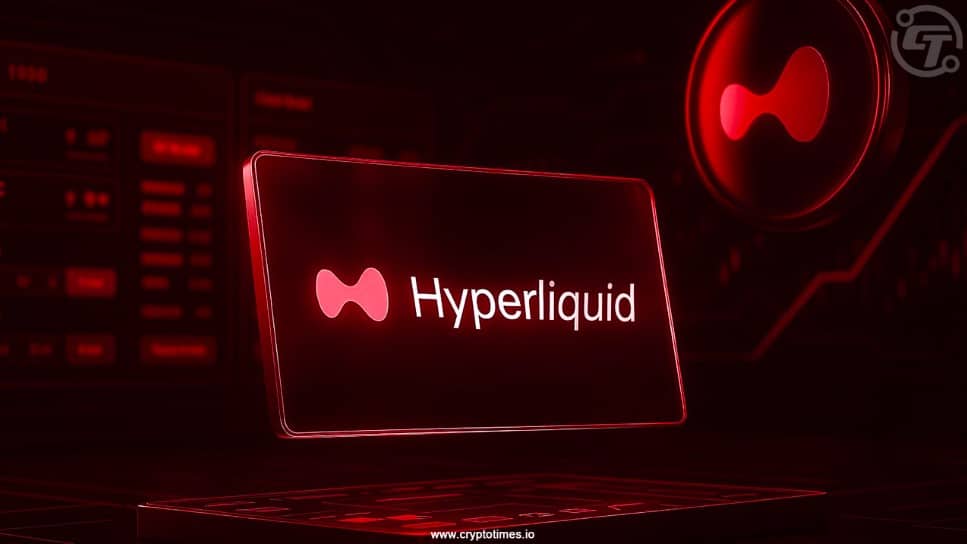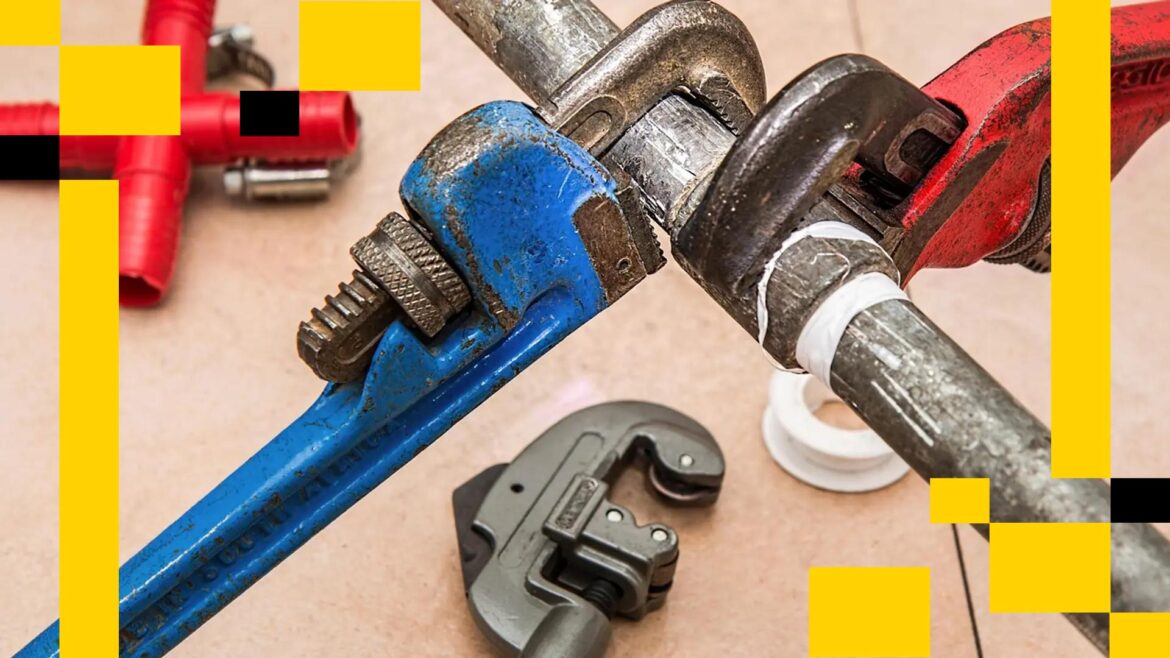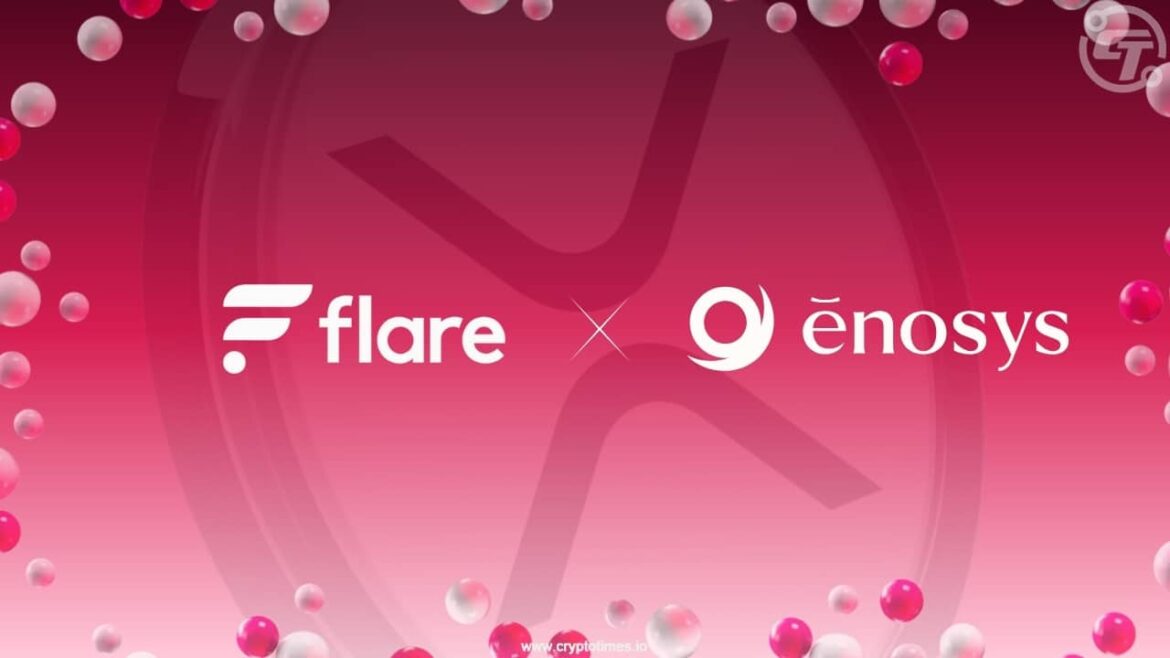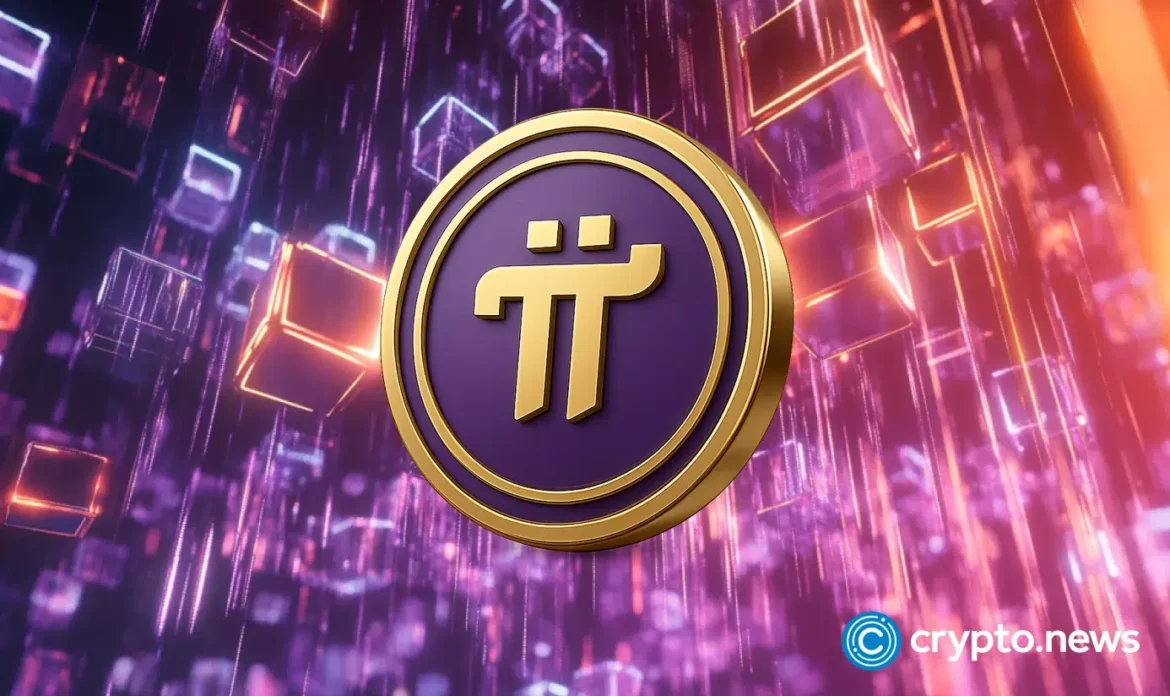Hyperdrive, a lending protocol built on the Hyperliquid (HYPE) blockchain, suffered a smart contract exploit on Saturday night that resulted in losses of around $782,000. This marks the third major security incident tied to the rapidly growing Layer 1 network.
According to blockchain security firm CertiK, the attacker repeatedly exploited an arbitrary call in Hyperdrive’s router. This flaw allowed them to drain funds from two pools, the Primary USDT0 Market and Treasury USDT Market.
The attacker stole 673,000 USDT0 stablecoins and 110,244 thBILL tokens, later converting the assets into BNB and ETH before moving them off-chain.
Hyperdrive’s team responded quickly by pausing the protocol to stop further damage. In an update on X, the team said it had already identified and fixed the root cause. It also confirmed that affected accounts had been identified and promised a compensatory plan, although details of that plan remain unclear.
Hyperliquid’s track record of incidents
This is not the first time Hyperliquid’s ecosystem has faced trouble. In March, a whale manipulated the price of Solana-based memecoin JELLYJELLY, forcing the protocol to absorb $12 million in losses. An earlier manipulation event had also cost a Hyperliquid vault around $4 million.
Despite these challenges, Hyperliquid continues to gain traction in the DeFi space. Data from DeFiLlama shows Hyperdrive currently holds about $14.5 million in total value locked (TVL).
Market reaction
At the time of writing, Hyperliquid’s HYPE token of Hyperliquid is trading at $47.14, which is up 4.20% in the last 24 hours, and has a market cap of approximately $15.8 billion and a trading volume of over $3 billion, according to the CoinMarketCap Data.
The Hyperdrive hack underscores the current security risk in DeFi, including on rapidly expanding networks such as Hyperliquid. While their team has acted quickly to contain the issue, users will be watching closely for the promised compensatory measures and postmortem report.
Also Read: James Wynn: Hyperliquid Will Die ‘Slow & Painful Death’ As ASTER Soars










